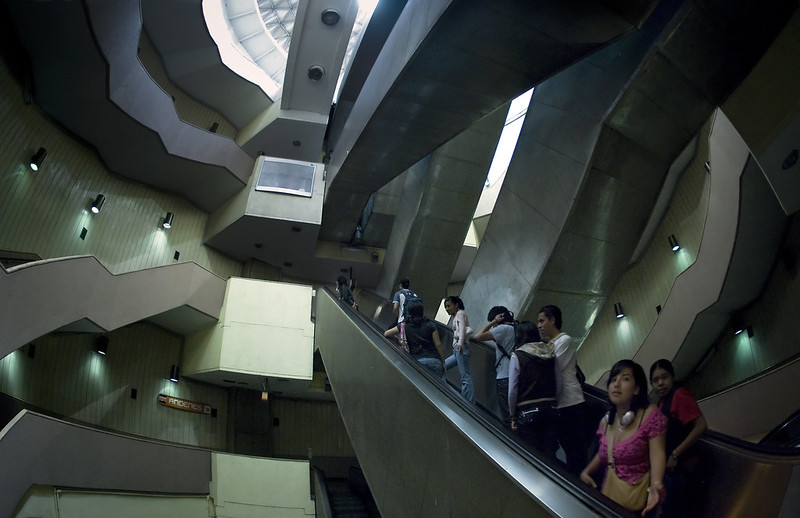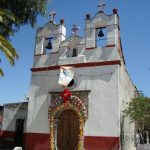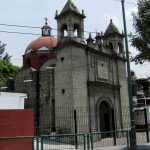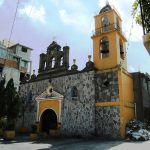
 Likely one of the most photographed stations in the system, Metro Camarones is anything but shrimpy. The station is actually named for the nearby avenue which was in its turn, named for a colonial era town that specialized in acociles, a type of crayfish, or in Spanish, freshwater shrimp.
Likely one of the most photographed stations in the system, Metro Camarones is anything but shrimpy. The station is actually named for the nearby avenue which was in its turn, named for a colonial era town that specialized in acociles, a type of crayfish, or in Spanish, freshwater shrimp.
The town was on the Royal Road that began in San Salvador Xochimanca and led through a number of small towns in today’s Azcapotzalco. Townsfolk made their name harvesting the crayfish that populated the rivers draining into the Rio Consulado which drained eventually into Lake Texcoco. The crayfish were served wrapped in corn husks, and likely, tamal.
Today’s station opened in 1988, and it’s convenient to a number of area attractions. The station is actually located within the original settlement of San Francisco Tetecala. It’s one of the 25 original settlements in greater Azcapotzalco. The tiny church there is about a 3-minute walk from the Metro.
Most arriving guests will come for the Azcapotzalco Casa de Cultura, and the Jardín Miguel Hidalgo in the Historic Center area. The Cathedral of Azcapotzalco is also within walking distance.
The station greets about 15,000 passengers daily. For the engineering marvel of its construction, it’s worth a visit all on its own.
 unidad_de_orientacion@metro.cdmx.gob.mx
unidad_de_orientacion@metro.cdmx.gob.mx
 5627.4950/5627.4741
5627.4950/5627.4741
 https://www.metro.cdmx.gob.mx/
https://www.metro.cdmx.gob.mx/

Nearest at 0.18 kms.

Nearest at 0.26 kms.

Nearest at 0.38 kms.

A sculpture honors the Bengali writer and philosopher who won 1913 Nobel Prize for Literature . . .

One of Azcapotzalco's ancient neighborhoods is remembered in a stone chapel.

A crooked town center to one of Azcapotzalco's oldest settlements...

One of Azcapotzalco's original settlements....

One of Azcapotzalco's original villages, Atenco has reclaimed its very old name.